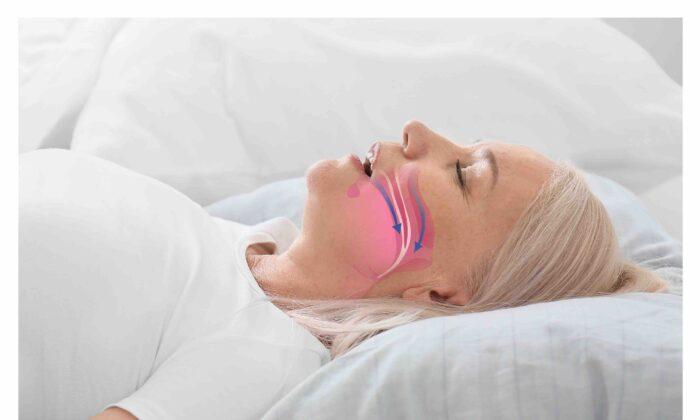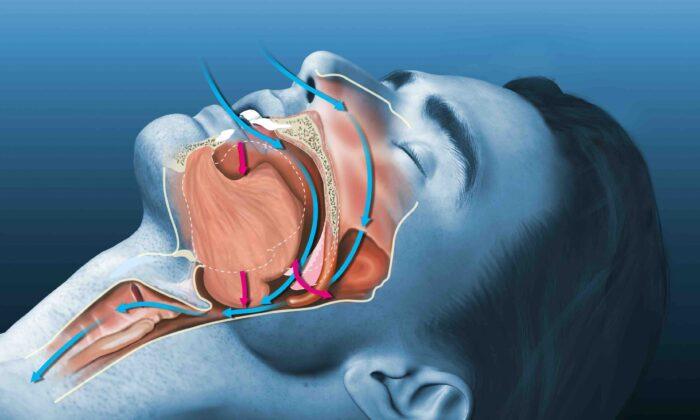It’s a bit hot now, would you like some iced tea?
Oh, no! I can’t drink things that cold. My teeth are too sensitive!
This is not an uncommon scenario. Why are teeth sensitive?
These surfaces are meant to be covered by the gums, forming a tight, living, healthy barrier to any harmful agent. However, if these tissues separate from the root surface, a space develops which is now less able to tolerate temperature changes and other harmful agents. We have talked about this in our previous articles.
Oftentimes this process develops quite slowly and so the root surfaces can become accustomed to the exposure, but that’s not normally the case.
A tooth is not a solid object. There is a pulp chamber in the center of the crown portion. This central chamber contains ‘soft’ connective tissues such as blood vessels, nerves, and other cells and this chamber is connected to the surrounding dentin which is a calcified material under the outside enamel of the tooth. Dentinal tubules are tiny fluid filled tubes that run to the pulp chamber. The hydraulic motion of the fluid in these tubes conducts pain sensations to and from the pulp chamber. The pulp chamber continues down the center of each root to connect those tissues to the blood and nerve supply of the body. Thus a tooth is certainly a ‘living organism’.
So when the outside root surface is worn away by things like excessive brushing, these dentinal tubules are exposed and pain is felt. Toothpastes containing fluoride* and potassium nitrate, over time, can help to ‘fill in’ these tubules and reduce sensitivity. Certain mouthwashes containing potassium nitrate can also help. Prescription toothpastes may be necessary if these methods don’t provide relief.
These exposed areas of the root surfaces can decay more readily as now there is no hard enamel to protect them. This will usually begin as dark brown or black stains on these areas, later progressing to obvious cavities. Really dedicated attention to preventative measures can actually stop the decay in these or other areas if the cavities are small. However, as things have progressed to this stage it’s less likely that good habits have been developed and more definitive treatment will be required.
So white colored filling materials can repair these areas and likewise restore the appearance. Glass ionomer filling materials have been especially useful for exposed dentin, and can chemically adhere to these surfaces. This family of restorative materials has become stronger in more recent years and can now be set with a curing light (the blue light used with composite fillings). Some types of composite fillings themselves have also been found helpful for these areas of the tooth.
Of course exposed root surfaces may not be the problem, the sensitivity could be actual decay occurring on any surface of a particular tooth or teeth.
This decay, when smaller, will begin to cause pain on cold stimulation and this is a definite warning that there is a problem which needs attention. It’s sometimes difficult for one to localize the site of the pain and if not treated, the pain will increase as the decay progresses. Later pain will also become evident with hot things and this generally means that the pulp has become involved and now root filling or extraction is required.
Pain can also come from a loose filling. Decay can quietly form around an existing filling and may not be readily noticeable. Although the filling still sits there, it could be swimming in decay.
Tooth sensitivity after a filling is not uncommon, especially if the decay was extensive and close to the pulpal tissues. The pulpal tissues will be inflamed and may take some time to settle. It could also be from unset filling materials. If pain does not improve, the filling may be removed and a temporary one put in place to see if the pulp can recover.
The pulp is a tight container inside the tooth with little room for expansion and if inflamed cannot swell like other soft tissues. This is one reason tooth pain can be intense.
Sinus infections can also cause pain in the teeth as the tips of the roots are close to the floor of the sinuses. Thus allergies or colds can affect the sinuses and in turn radiate this type of pain to the teeth.
TMJ (temporomandibular joint disorders) can also radiate pain from the joint or the biting muscles. The TMJ can be felt if we place our fingers in front of the ear, and open/close the lower jaw. There is a fan shaped biting muscle called the temporalis muscle in the temple area which can also radiate pain.
We have been talking about gum recession and decay on the root surfaces of the teeth but that is not usually where decay first manifests. It usually begins on the top surfaces of the teeth in the younger person, in the pits and fissures area. These are the developmental lines one sees on the top of the teeth. Discolorations may be visible on these surfaces. These pits are sometimes sealed by the dentist with a type of white filling material to prevent decay from developing in these areas. Sticky sweets can glue themselves to these areas of the teeth for a long time.
We can’t see in-between the teeth and so significant amounts of decay can occur before it becomes noticeable. On a dental examination these areas may be indicated by an internal color change, but the best way to check is with X-rays. This is the definitive check for interdental decay and this is why periodic X-rays are taken.
Dental pain is often radiating in nature and doesn’t necessarily localize easily. Decay, once through the hard enamel, accelerates quickly in the ‘yummy’ softer dentin and the resultant loss of supporting substructure can undermine the overlying enamel. This can lead to the situation where the enamel eventually collapses like an egg shell as it has become hollow inside the tooth with the loss of that dentin. Thus a ‘normal’ looking tooth may actually be badly decayed internally. One hears people saying “my tooth broke” and maybe that was the situation.
Another increasingly common phenomena are ‘cracked teeth.’ The tooth could look normal, but have an almost invisible crack running through both the enamel and dentin. This crack flexes on biting causing pain. There may be no visible separation of the two components but the crack may go right through and under the gum of the tooth. Again, a completely normal looking tooth may be badly damaged but without any obvious sign. This is usually caused by clenching or grinding the teeth. This seems to be a more common finding in these stressful Covid-19 days. If the crack does not pass through the pupal area, a normal filling may be sufficient to repair this situation, but if larger, a crown may be indicated.
This clenching or grinding of the teeth will cause wear to the enamel biting surfaces and can progress to the extent that the enamel is completely gone in those areas, whereby one is then grinding on the softer dentin and again, this will erode more quickly. Apart from sensitivity of the worn surfaces, the muscles of mastication will become tight and sore. This involuntary clenching or grinding movement is a night time marathon for these muscles and they of course can become painful and sore to touch. The resulting pain can radiate to the teeth. Usually one’s partner will know of night time grinding as it can be very noisy, and one will tend to feel the pain in the muscles after waking from one’s disturbed sleep.
The masseter muscle which connects the upper and lower jaws is particularly involved in clenching and this is the muscle that one often sees ‘twitching’ in the movies at a tense moment in a scene.
Night guards or Bite Raisers can be made to at least protect the biting surfaces of the teeth and help to prevent further damage. In severe cases, the night guard will itself wear out and need to be replaced, but it is easier to replace a night guard than to replace the teeth! However, this type of grinding movement can have a more fundamental cause and etiology, and this can be discussed in the future.
Erosion of the tooth surfaces also can be caused by acid reflux from the stomach i.e. gastroesophageal reflux (GERD). This stomach acid will eat away at the enamel surfaces, dissolving away the enamel. Again, with the protective layer of the enamel lost, the underlying dentin will be exposed and painful.
Bulimia will also cause this type of erosion with the stomach acid constantly attacking the teeth. In time both of these conditions will lead to the anterior teeth looking ‘smaller’ with this loss of structure, particularly to the palatal or inner side of the teeth.
With all of these insults to the tooth surfaces, it is the frequency of the attacks that determines the severity of the damage. Within 5 minutes of eating sweet things, acid has been formed by the bacteria, and then it can take half an hour for this to be ‘neutralized’ by the saliva. If we then have another sweet or sip of the sweet drink at this time, the process recurs. If we keep doing this all day, the teeth are quietly decaying or eroding all day.
Years ago it was suggested that people who want to quit smoking should eat sweets instead as a distraction to cure their habit. Unfortunately, in many such cases the teeth were completely destroyed within 6 months.
Vigorous rinsing with water within 5 minutes of eating/drinking will help to neutralize the acid on the outside surfaces of the teeth, but do not brush the teeth at this time as the surface phosphate and calcium ions have been leached out of the enamel by the acids, and brushing at the time can result in more tooth wear. The saliva will re-supply these lost ions back to the tooth surface with time in a healthy mouth condition. Thus just rinse the mouth, and also do this especially after eating acidic fruit in between meals. The enamel is not impermeable and will lose and take up minerals depending on the local environment.
Office or home bleaching/whitening can also cause sensitivity but this is usually temporary and will diminish with less applications of the whitening agent just by skipping a day or so when doing home whitening.
So again, if there is sensitivity, there is a reason. It makes sense to fix the cause and return to comfort.






